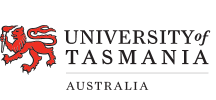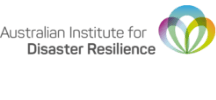
This project aims to understand how multi-hazard public information and warning platforms contribute to public safety within a broader risk communication framework, seeking to explore future communication innovations and capabilities. The research will focus on usability, comprehension, and accessibility for all communities – including those from all generations, culturally and linguistically diverse backgrounds, people with disability and those from Aboriginal and Torres Strait Islander communities.
A knowledge sharing forum for this project, titled 'Multi-hazard public information and warnings platforms knowledge sharing forum', was hosted on Thursday 18 September 2025.
Watch the webinar replay below.
This project is based on a concept developed by the AFAC National Public Information and Warnings Group. This Group is the custodian of national public information and warnings doctrine, including the Australian Warning System, and provides leadership, strategic direction and governance for continuous improvement in risk communication systems.
The project will explore current and changing perceptions and usage of multi-hazard public information and warning platforms amongst Australian communities. The research will focus on usability, comprehension, and accessibility for all communities – including all generations, people with culturally and linguistically diverse backgrounds, people with disabilities and those from Aboriginal and Torres Strait Islander communities.
The project will include: 1) a systematic analysis of the current state of multi-hazard public information and warning platforms knowledge and practice, 2) empirical research to examine the usability, comprehension, and accessibility of these platforms for all communities, and 3) publication and translation of research findings leading to their implementation.
The findings of this study will support the strategic direction of developing a national all-hazard emergency warning app, as recommended by the Royal Commission into National Natural Disaster Arrangements in 2020.
More widely, it will build a deeper understanding of community expectations and multi-hazard communication and warning needs, helping to frame future communication of hazard risks and warning information, and the future use and development of multi-hazard public information and warning platforms.
| Date | Type | Title |
|---|---|---|
| 19 June 2025 | Presentation | Paula Dootson - Natural Hazards Research Forum 2025 presentation |










